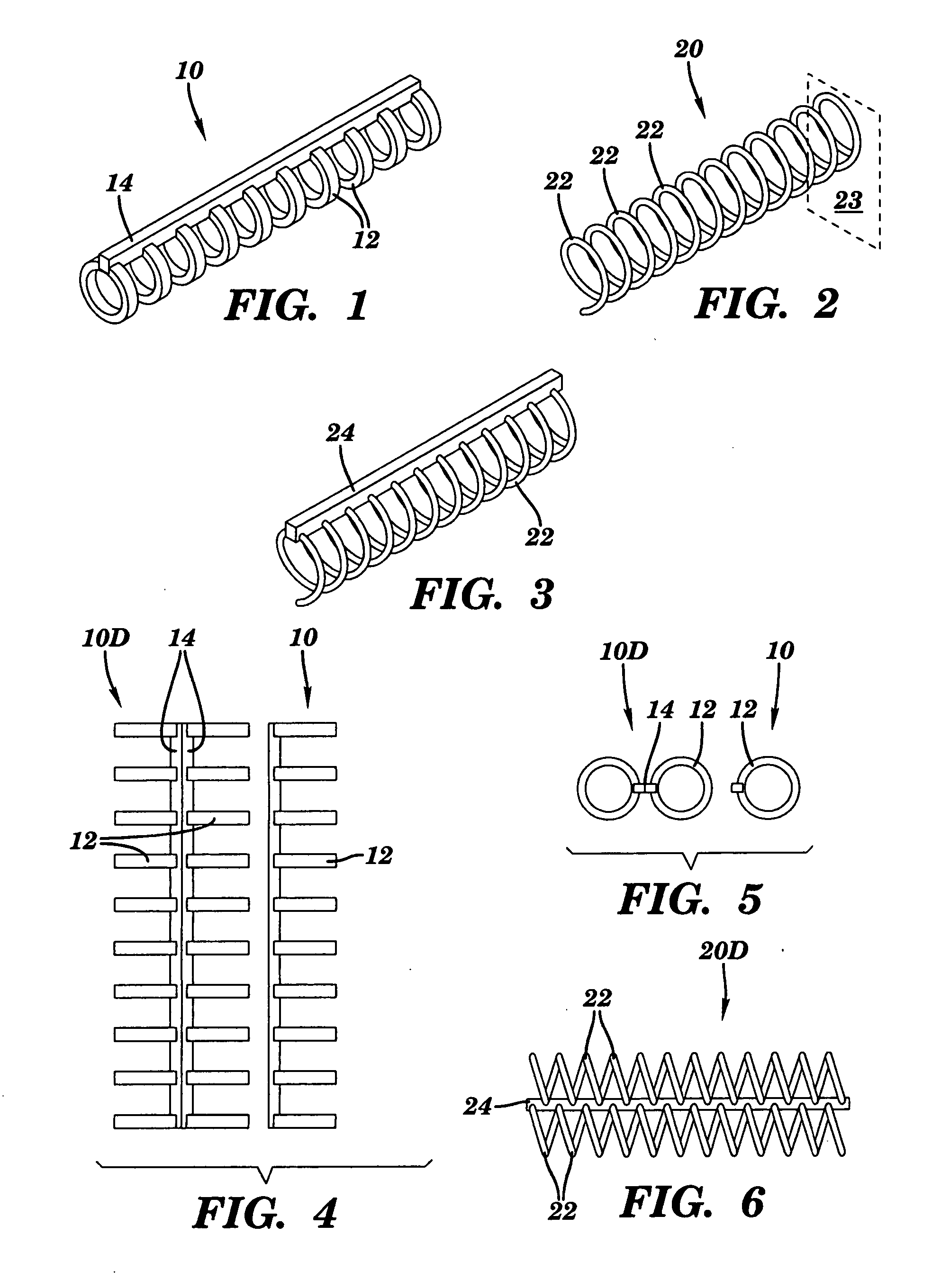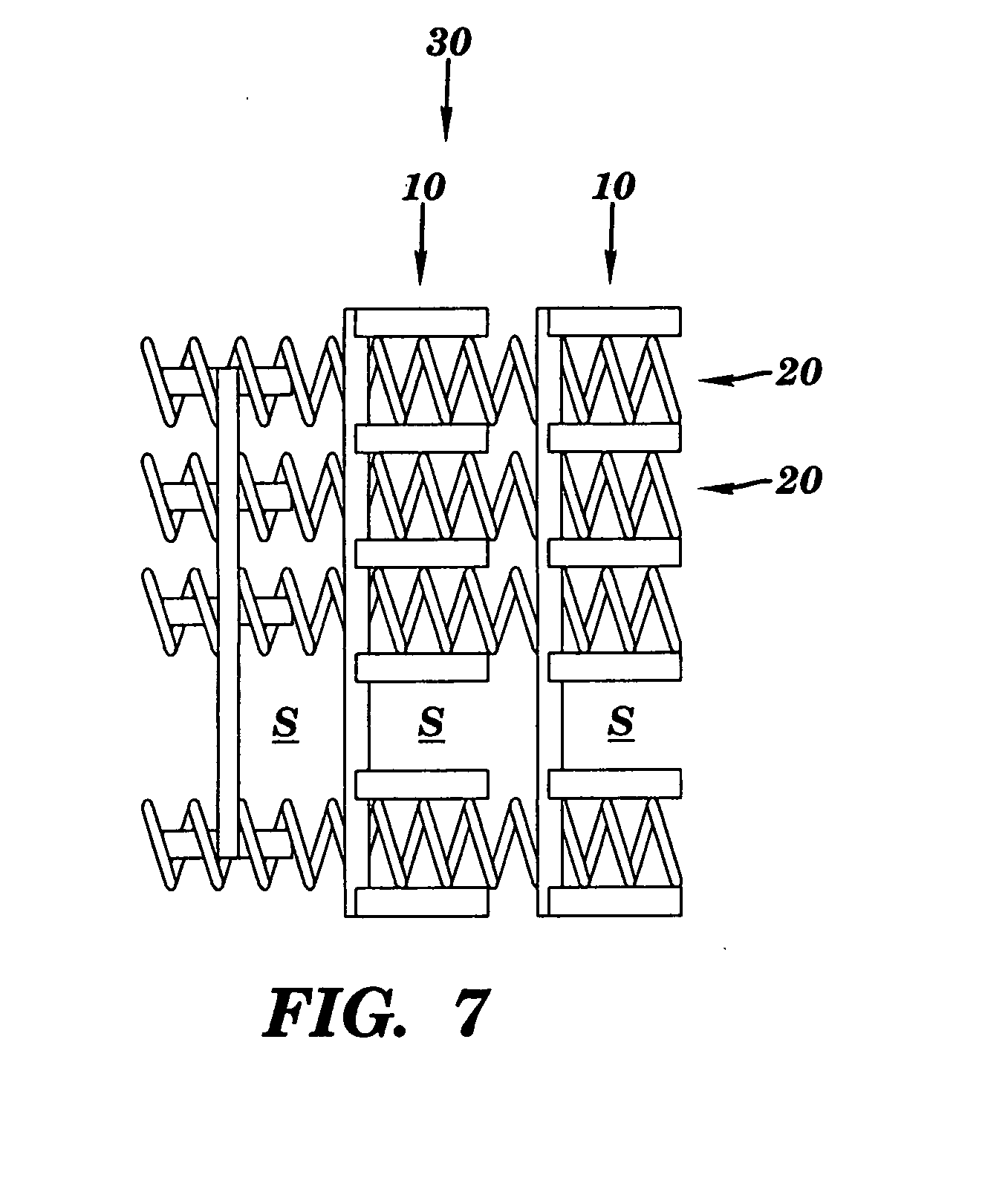Multi-use fluid collection and transport apparatus
a technology of fluid collection and transportation apparatus, applied in the direction of sewer system, sewage draining, construction, etc., can solve the problems of inability to provide a system or assembly with short of providing a system or assembly that has a broad spectrum of use, and high cost, and achieves convenient collection and removal (transport), easy application of innovation, and convenient use.
- Summary
- Abstract
- Description
- Claims
- Application Information
AI Technical Summary
Benefits of technology
Problems solved by technology
Method used
Image
Examples
Embodiment Construction
[0055] Before commencing this description, the reader is referred to the DEFINITIONS, given above. The materials of construction are well known in the industry and no further mention will be made of them other than that the filter fabric is in common usage, in sheet (“membrane”) and mat forms, and the support or stand-off elements may be composed of any strong, non-biodegradable resin or polymeric, such as polyamide, polyester or polyvinyl chloride. In short, the physical characteristics of the materials comprising the stand-off elements should be heat-melt formable to facilitate manufacture by extrusion, casting or injection molding processes.
[0056] Referring now to FIG. 1, there is depicted, in the preferred embodiment, a support / stand-off element 10 of the invention. It is, substantially, a quasi-tubular item comprised of a series of hoops or rings 12 that are axially aligned on and integral with a stringer / longeron 14. This element is generally produced by injection molding as ...
PUM
 Login to View More
Login to View More Abstract
Description
Claims
Application Information
 Login to View More
Login to View More - R&D
- Intellectual Property
- Life Sciences
- Materials
- Tech Scout
- Unparalleled Data Quality
- Higher Quality Content
- 60% Fewer Hallucinations
Browse by: Latest US Patents, China's latest patents, Technical Efficacy Thesaurus, Application Domain, Technology Topic, Popular Technical Reports.
© 2025 PatSnap. All rights reserved.Legal|Privacy policy|Modern Slavery Act Transparency Statement|Sitemap|About US| Contact US: help@patsnap.com



